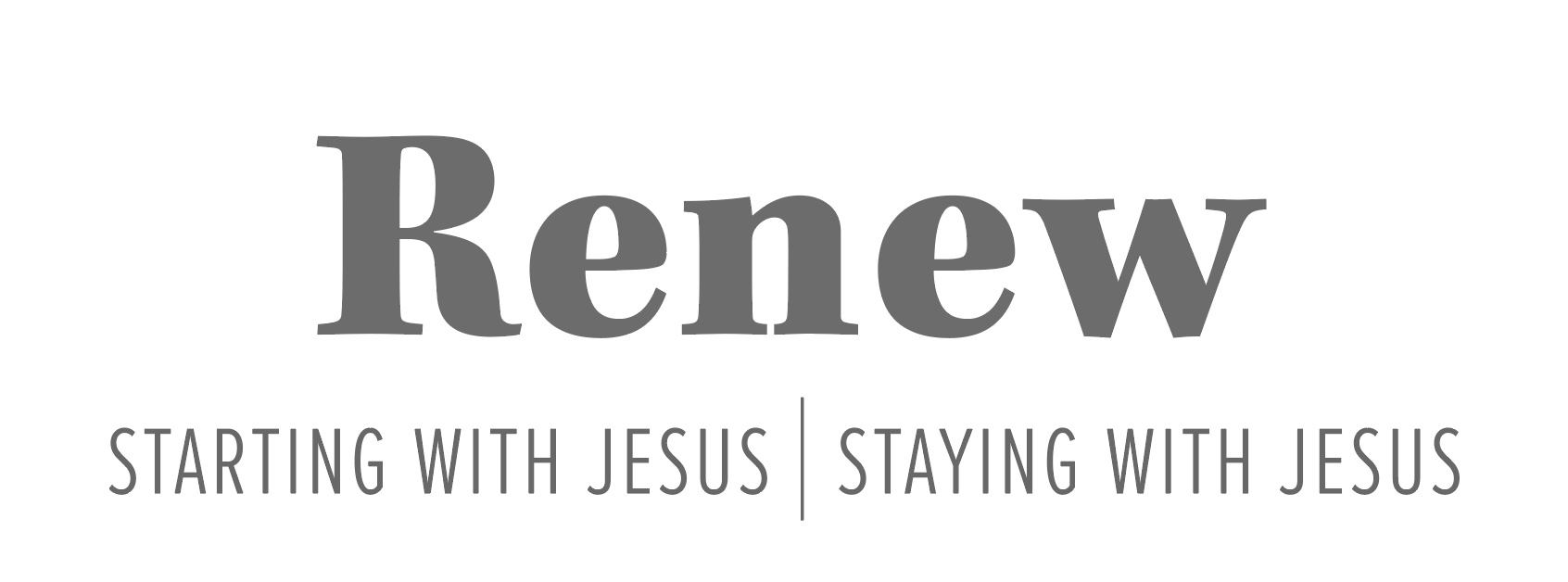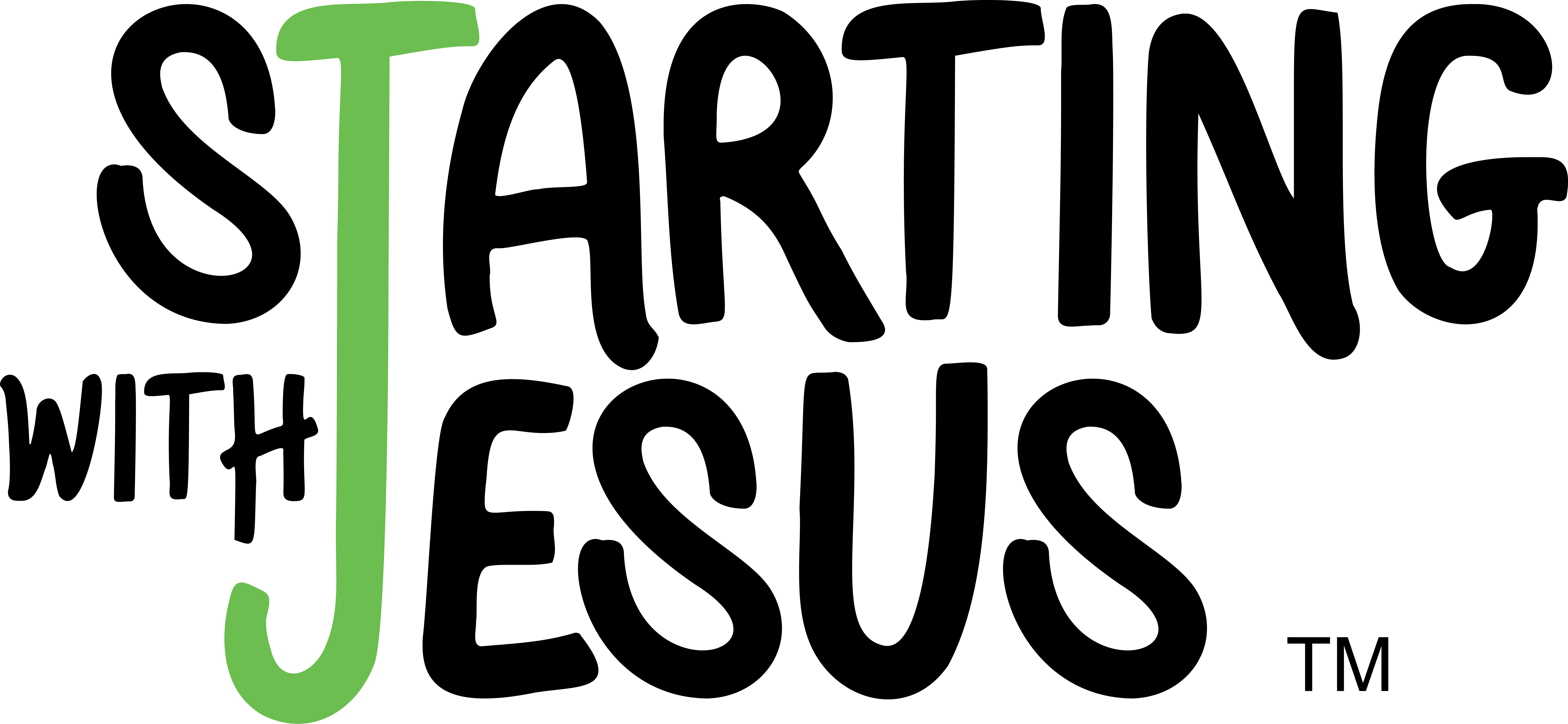

Lesson Twenty
GOD SHOWS HIS POWER
Memory Verse: Psalm 91:10
Further Study: Exodus 7:1-12:33; Patriarchs and Prophets: pp. 263-280; The Story of Redemption: pp. 116-119; The Bible Story, vol. 2, pp. 106-120
One of Vincent Van Gogh’s most popular works, “Café Terrace at Night,” at first glance seems to be exactly what its title describes. But if one lingers and studies the painting, it reveals something about the artist. In 1888, Van Gogh was contemplating life, including he said, “[the] tremendous need for, shall I say the word—for religion.”1
The painting is a French café, but a closer look reveals the diners arranged similarly to the painting of DaVinci’s “The Last Supper”. There is the distinct shape of Jesus as the Server and the disciples sitting at the tables, with even the suggestion of a disappearing Judas. Van Gogh painted not just what he saw, but what he felt.
The story of the plagues in Exodus is a bit like that painting. It can simply be a story of pestilence sent by God. But to continue on without lingering for a closer look will cause us to miss important revelations about God.
The first hint is the word used to describe the waters of the Nile being changed to blood (Ex. 7:19). It is the same Hebrew word used to describe the creation of the sea (Genesis 1:10). Creation began with light, air, sea, and land. To this God added vegetation, creatures in the sea, in air, and on land. Finally, it culminated in the creation of man.
The plagues closely resemble an undoing of Creation.
The plagues closely resemble an undoing of Creation. Instead of the order God brought into chaos, God brought chaos to the order in Egypt. Frogs came from the sea, lice from the earth, and flies from the air. Pestilence attacks animals with disease and boils; hail and locust completely destroyed the vegetation. Darkness obliterated the light. Finally, man himself was undone in the death of the firstborn.2 Not only did God win the war against Egyptian gods, but He established Himself as the Creator. What God spoke into existence in the beginning, He can also undo.
What God spoke into existence in the beginning, He can also undo.
Certainly, Pharaoh came up against a God like no other he had ever encountered. But this show of Creation power wasn’t only for him or for the Egyptians. It was also for the Israelites. Many of them were comfortable in Egypt, so much so they didn’t want to leave. There was nothing in Moses’ revelation of God as Redeemer (Ex. 6:6) that excited them. While one fell blow could have accomplished their freedom, God showed His power 10 times so reluctant Israel would choose to leave. There would be no hesitation in their response to His justice, power, and love.3
It sounds odd that someone living the life of a slave wouldn’t long for freedom, yet we too live the life of a slave—slaves to sin. Jesus came to break the bonds of slavery, to free us from sin, to lead us to freedom. We struggle here on earth, with chains that bind, not recognizing that the Creator and Redeemer has already delivered us with that same justice, love, and power. Look up. Embrace freedom. Be renewed.
1 https://www.vincentvangogh.org/cafe-at-night.jsp
2 An article by Ziony Zevit, printed in Bible Review, June 1990, and reprinted I Bible History Daily, July 2011, describes this interpretation in depth.
3 Read more in depth in Patriarchs and Prophets, p. 260.
Digging Deeper
While the plagues demonstrated a reversing of Creation, they were also a direct attack against the gods of Egypt, aiming directly at Egyptian belief and culture (Num. 33:4). The plagues not only declared God as the most powerful to the Egyptians, but to Israel as well, some of whom worshipped alongside the Egyptians.
While not all of the plagues humiliated a god or goddess, they did demonstrate the complete lack of power in wood and stone. Each plague moved up the hierarchy until the most powerful gods, Re and Osiris, were defeated. Consider the following:
|
First plague |
Blood |
Against the god Khnum, creator of water and life; or Hapi, the Nile god; or Osiris, whose bloodstream was the Nile |
|
Second plague |
Frogs |
Heket, a goddess of childbirth |
|
Fifth plague |
Cattle |
Hathor, the mother and sky goddess was represented as a cow; or Apis, symbol of fertility represented as a bull |
|
Seventh plague |
Hail |
Against Seth, who manifested himself in wind and storms; and/or Isis, goddess of life, who grinds, spun flax, and wove cloth; or Min, who was worshiped as a god of fertility and vegetation as well as the protector of crops |
|
Eighth plague |
Locusts |
|
|
Ninth plague |
Darkness |
Amon-Re, Aten, Atum, or Horus, deities associated with the sun |
|
Tenth plague |
Death of firstborn |
Osiris, the judge of the dead and patron saint of Pharaoh |
Making it Real
Ever feel like a slave? It’s ok. Go ahead and admit it. We’ve all been there. We’re cleaning, trying to stay ahead of clutter, doing laundry, shopping, planning meals, working, volunteering, and often it is without thanks or affirmation. What’s crazy is that we can actually get comfortable in all the busyness even if it isn’t rewarding at times. What God did for Israel was shake them up by revealing His power—power that was released to free them.
That same power is offered to you. Sometimes God does shake us up in ways that are uncomfortable so that we can recognize our need for freedom. Think about it this week. How are you a slave? What ways is God trying to gain your attention?
Respond & Share
How do you deal with those times when bad things happen again and again and again? What keeps your Christian spirit sustained? Share your answers in the comments.
_________
Merle Poirier writes from Silver Spring, Maryland, where she works as the operation manager for Adventist Review and Adventist World magazines as well as the designer for KidsView, a magazine for 8-12-year-olds. She enjoys spending time with her family including being the grandmother of two active little boys, who greatly enjoy Starting With Jesus.
Coming next week:
“FREE AT LAST”
Based on Psalm 78:53; Exodus 12:34-42, 50, 51; 13:17-15:21,
Patriarchs and Prophets: pp. 281-290; The Story of Redemption: pp. 119-125;
The Bible Story, vol. 2, pp. 121-138
PREVIOUS LESSONS


Wow! Had never thought that it was a “reversing of creation”.